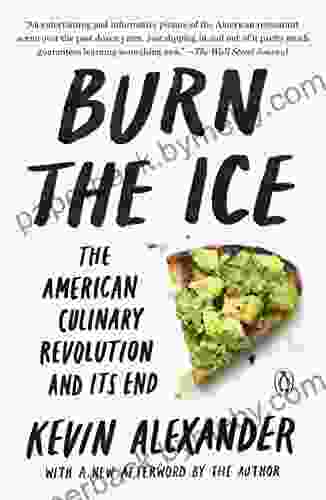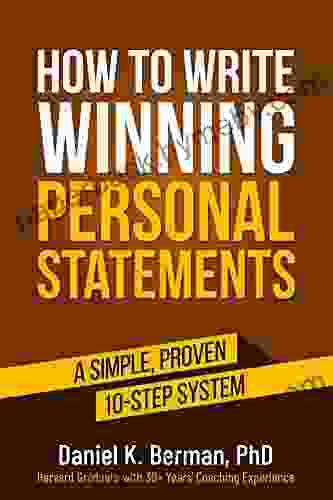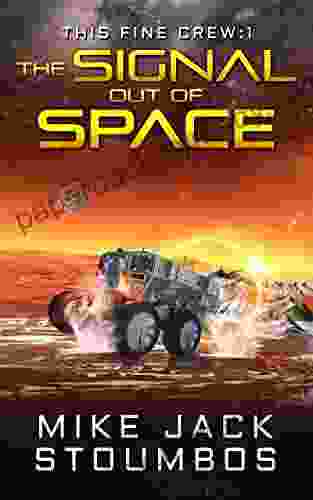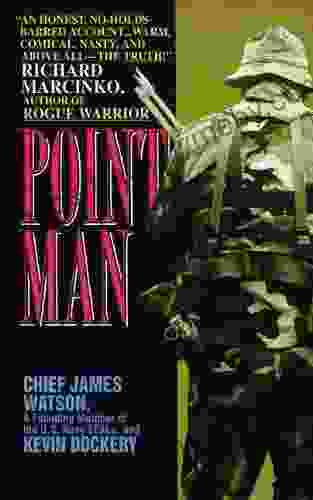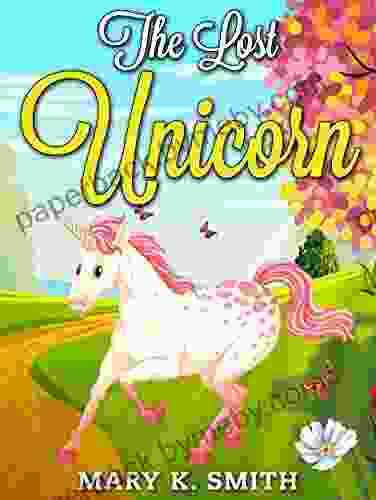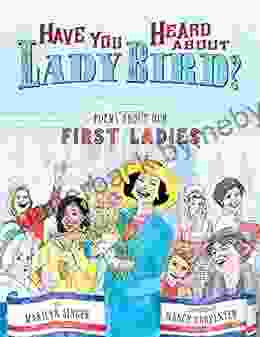The American Culinary Revolution and Its End: A Saga of Progress, Excess, and Redemption

4.6 out of 5
| Language | : | English |
| File size | : | 8418 KB |
| Text-to-Speech | : | Enabled |
| Screen Reader | : | Supported |
| Enhanced typesetting | : | Enabled |
| X-Ray | : | Enabled |
| Word Wise | : | Enabled |
| Print length | : | 392 pages |
In the annals of American history, the culinary revolution of the late 20th century stands as a watershed moment, a time of unprecedented innovation and excess that forever altered the way Americans ate. But as the revolution reached its peak, it also sowed the seeds of its own demise, leading to a backlash against the very culinary values that had once been so celebrated.
In his sweeping new book, The American Culinary Revolution and Its End, food historian John Mariani chronicles the rise and fall of this transformative era in American food. Through meticulous research and vivid storytelling, Mariani paints a panoramic portrait of a culinary landscape that was at once dazzling and decadent, a world of celebrity chefs, molecular gastronomy, and $1,000 tasting menus.
Mariani begins his story in the early days of the republic, when American cuisine was a simple affair, heavily influenced by the culinary traditions of Europe. But as the United States expanded westward and its economy grew, so too did its culinary ambitions. By the mid-19th century, American chefs were beginning to experiment with new ingredients and techniques, creating dishes that were uniquely American.
The true culinary revolution began in the postwar era, when a new generation of chefs, inspired by the likes of Julia Child and James Beard, sought to elevate American cuisine to new heights. They opened restaurants that showcased their innovative dishes, and they wrote cookbooks that taught Americans how to cook in a sophisticated new way.
For a time, the culinary revolution seemed unstoppable. American chefs were winning awards and accolades, and American restaurants were becoming the envy of the world. But as the revolution reached its peak, it also began to attract critics. Some argued that the focus on innovation and excess had come at the expense of good taste. Others worried that the culinary revolution was creating a divide between the rich and the poor, with only the wealthy able to afford to eat at the best restaurants.
In the end, it was the Great Recession of 2008 that brought the culinary revolution to an end. As the economy faltered, so too did the demand for high-end dining. Restaurants were forced to close, and chefs were forced to find new ways to make a living.
But the legacy of the culinary revolution lives on. The techniques and ingredients that were pioneered during this era have become commonplace in American kitchens. And the chefs who led the revolution have inspired a new generation of cooks to continue to push the boundaries of American cuisine.
In The American Culinary Revolution and Its End, John Mariani offers a fascinating and thought-provoking look at a pivotal moment in American food history. It is a must-read for anyone who loves food or is interested in the cultural history of the United States.
Praise for The American Culinary Revolution and Its End
"A sweeping and insightful history of American food, The American Culinary Revolution and Its End is a must-read for anyone who wants to understand the evolution of American cuisine." —Harold McGee, author of On Food and Cooking
"John Mariani has written the definitive history of the American culinary revolution. This book is a treasure trove of information and insights, and it is a must-read for anyone who loves food." —Michael Ruhlman, author of The Soul of a Chef
"A fascinating and thought-provoking look at the rise and fall of the American culinary revolution, The American Culinary Revolution and Its End is a must-read for anyone who loves food or is interested in American history." —Alex Witchel, author of Eating with Picasso
4.6 out of 5
| Language | : | English |
| File size | : | 8418 KB |
| Text-to-Speech | : | Enabled |
| Screen Reader | : | Supported |
| Enhanced typesetting | : | Enabled |
| X-Ray | : | Enabled |
| Word Wise | : | Enabled |
| Print length | : | 392 pages |
Do you want to contribute by writing guest posts on this blog?
Please contact us and send us a resume of previous articles that you have written.
 Book
Book Novel
Novel Page
Page Chapter
Chapter Text
Text Story
Story Genre
Genre Reader
Reader Library
Library Paperback
Paperback E-book
E-book Magazine
Magazine Newspaper
Newspaper Paragraph
Paragraph Sentence
Sentence Bookmark
Bookmark Shelf
Shelf Glossary
Glossary Bibliography
Bibliography Foreword
Foreword Preface
Preface Synopsis
Synopsis Annotation
Annotation Footnote
Footnote Manuscript
Manuscript Scroll
Scroll Codex
Codex Tome
Tome Bestseller
Bestseller Classics
Classics Library card
Library card Narrative
Narrative Biography
Biography Autobiography
Autobiography Memoir
Memoir Reference
Reference Encyclopedia
Encyclopedia Kenji Tokitsu
Kenji Tokitsu Major T Benton
Major T Benton Ona Gritz
Ona Gritz Olga Ortiz
Olga Ortiz Kevin Neary
Kevin Neary Yang Hu
Yang Hu Michelle Knudsen
Michelle Knudsen Mary Kubica
Mary Kubica Kevin Dibacco
Kevin Dibacco Ken Kocienda
Ken Kocienda Oh Great
Oh Great Sid Hartman
Sid Hartman Virginia M Wright
Virginia M Wright Kimberlee Slavik
Kimberlee Slavik Kevan Chandler
Kevan Chandler Wayne Mcghie
Wayne Mcghie Stephen Tarsitano
Stephen Tarsitano Ron Malhotra
Ron Malhotra Kim Dwinell
Kim Dwinell Ryan Jacobs
Ryan Jacobs
Light bulbAdvertise smarter! Our strategic ad space ensures maximum exposure. Reserve your spot today!
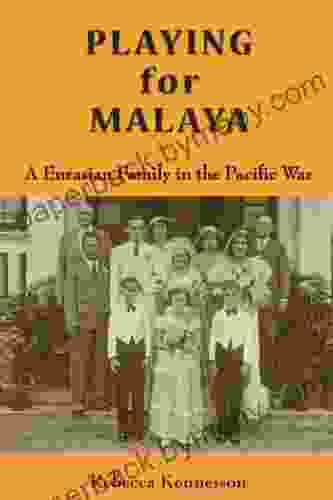
 Fredrick CoxUnveiling the Intricate Tapestry of Eurasian Families in the Pacific War: A...
Fredrick CoxUnveiling the Intricate Tapestry of Eurasian Families in the Pacific War: A... Reed MitchellFollow ·19.3k
Reed MitchellFollow ·19.3k Wade CoxFollow ·2.3k
Wade CoxFollow ·2.3k Andrew BellFollow ·11.5k
Andrew BellFollow ·11.5k Kazuo IshiguroFollow ·9.3k
Kazuo IshiguroFollow ·9.3k Dwight BlairFollow ·2.1k
Dwight BlairFollow ·2.1k Colin FosterFollow ·2.8k
Colin FosterFollow ·2.8k Darrell PowellFollow ·4.3k
Darrell PowellFollow ·4.3k J.R.R. TolkienFollow ·4.9k
J.R.R. TolkienFollow ·4.9k
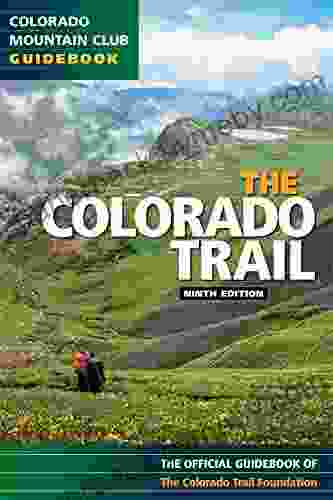
 Isaac Asimov
Isaac AsimovEmbark on an Epic Adventure: The Colorado Trail 9th...
Unveiling the Treasures of the Colorado...

 Clinton Reed
Clinton ReedUltimate Football Heroes: Uncover the Gridiron Greatness...
Enter the World...

 Ibrahim Blair
Ibrahim BlairUnveiling the Secrets of Stolen Focus: A Journey to...
In today's relentless digital...

 Colt Simmons
Colt SimmonsRediscover the Founding Father's Vision: Thomas Jefferson...
Immerse Yourself in the Unedited Words of...

 Juan Butler
Juan ButlerExcel in Language Learning: The Ultimate Self-Study...
Unlock Your Language Potential with Our...
4.6 out of 5
| Language | : | English |
| File size | : | 8418 KB |
| Text-to-Speech | : | Enabled |
| Screen Reader | : | Supported |
| Enhanced typesetting | : | Enabled |
| X-Ray | : | Enabled |
| Word Wise | : | Enabled |
| Print length | : | 392 pages |


